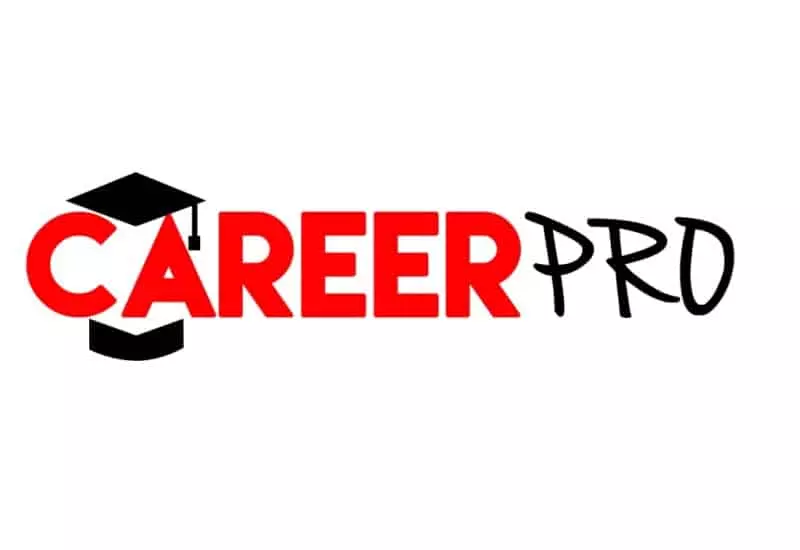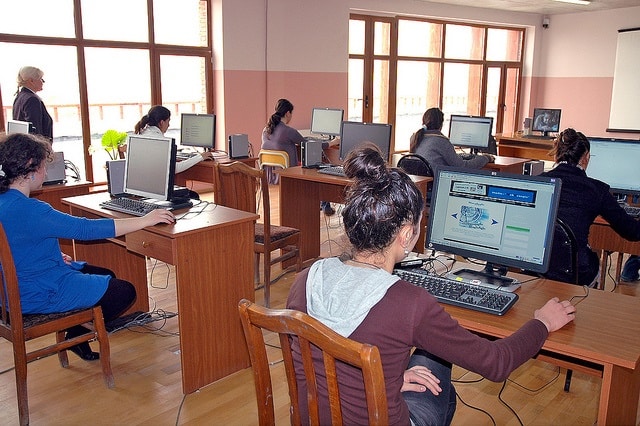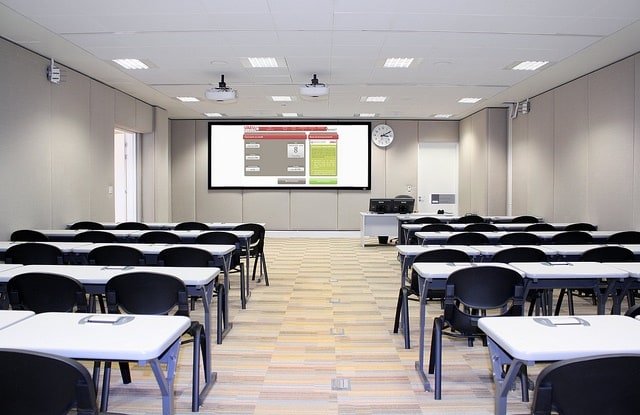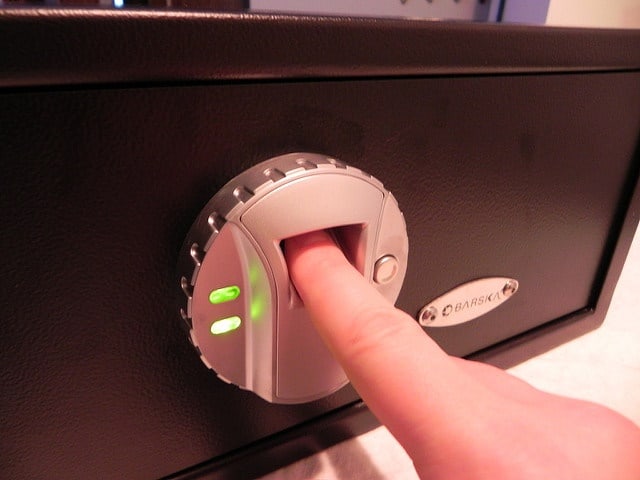Chalk, blackboards and a mountain of bulky textbooks — these were the items that used to feature in classrooms across the country. However, technology has come on leaps and bounds over the past few years and is changing the way that teachers carry out their lessons.
Here’s a look at just a few of the technologies that are shaping the classrooms of the future:
AR Technology
Augmented Reality (AR) technology really will make children feel as though they are experiencing what they are studying, as opposed to just reading about a subject in a book.
Kick-started with the release of the Google Glass eyewear, this concept is becoming more and more advanced by the day. There’s Google Sky Map, for one, which has the potential for students to look at constellations, planets and stars as though they were in close reach to them.
Then there’s Microsoft HoloLens, which will create all manners of holograms before your eyes. Scale design models, planets, sport’s team formations, recipes — this device has the means to advance so many subjects.
AV Equipment
GPS Installations already has the means to transform just about every room in your school with its audio visual (AV) equipment.
Interactive displays allow teachers to connect their whiteboards up to PCs in order to easily communicate information to students, while AV control systems takes the stress out of presenting a lecture by putting the control of the whole environment into a series of simple-to-understand buttons.
Biometrics
There is a good chance that you have come across biometric technology in the past, with it being used in the security industry for many years to authenticate a person’s identity. This includes the use of iris patterns, facial recognition and fingerprints.
So how does biometrics tie into a school classroom? Well, it will allow teachers to monitor a student’s facial expression, heart rate, odour and skin moisture in order to understand how they are taking in a subject.
If the behavioural signs are out of the ordinary, it will provide teachers with valuable feedback that extra assistance may be required. A much better solution than putting a child on the spot, especially when their classmates are present.






